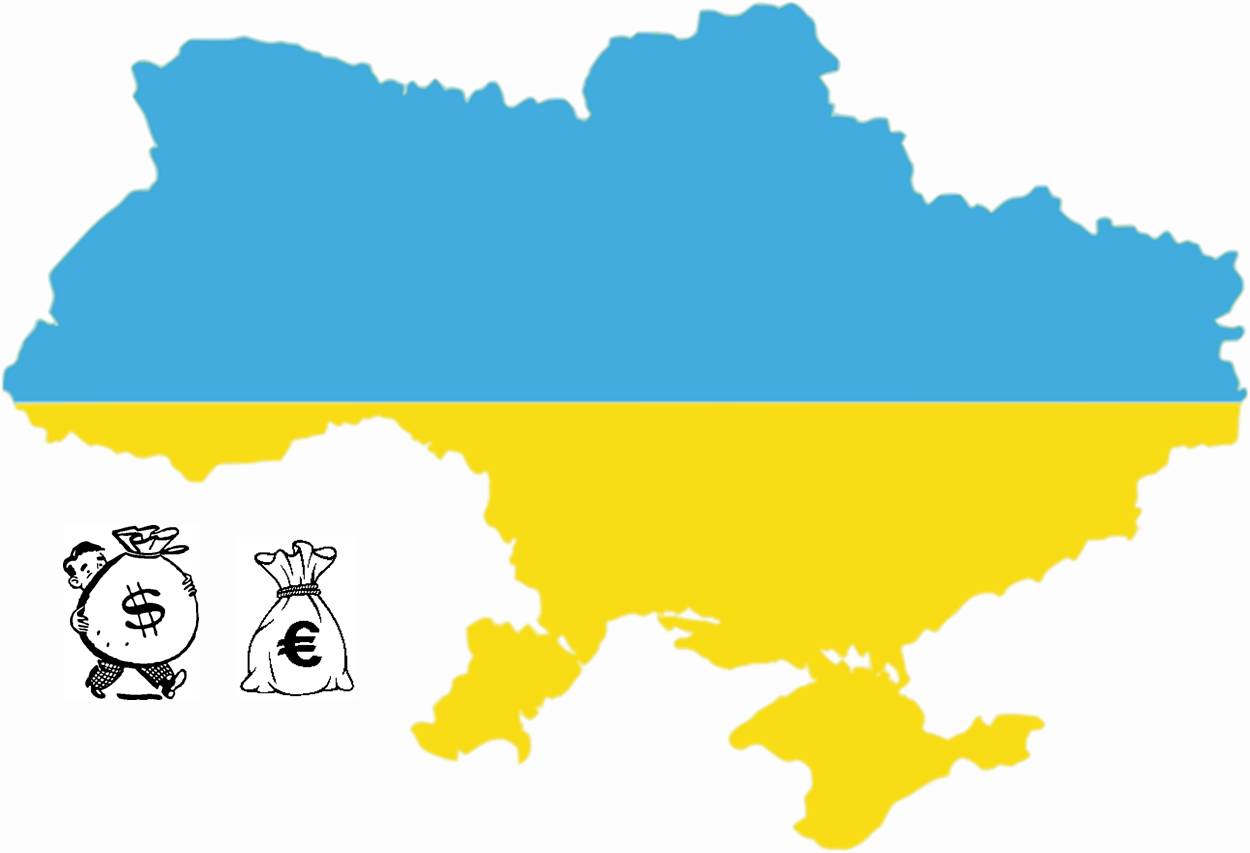
By Joshua Noonan
The following op-ed is part of the three-part series of articles providing the overview of financial and social reforms Ukraine is set to go through. This is Part 1 (here are Part 2 and Part 3)
Introduction:
On March 27, 2014 a $27 billion financial aid package of soft loans and direct budget support was completed for Ukraine by the Group of Seven Leading Industrialized Countries (G7) and the IMF. This is due to the fact that Ukraine region has experienced massive turbulence since the Russian invasion and annexation of Crimea, Ukraine. These funds are expected to be dispersed over the coming two years. Of this, the International Monetary Fund’s $14-18 billion in standby credit was proffered to Ukraine under the terms of structural reform. European Bank for Reconstruction and Development is expected to channel up to a billion Euros to Ukraine while the European Union anticipates a €850 million ($1.2 billion) in the coming three months. Japan has also committed to $1.5 billion in budget support.
Current Reforms:
The IMF is offering the largest contribution to the aid package under the terms of conditionality. The current Prime Minister, Arseny Yatseniuk, knowing the political unpopularity of his actions, echoed the comments of the IMF by stating that his government is on a “kamikaze mission” to reform the economy of Ukraine. One of the major signals of economic reform include a 50% rise in the price of natural gas from 1 May 2014 and the planned elimination of all energy subsidies by 2016.
Need for Further Reforms
Additional proscriptions of the IMF include the reform of the nontransparent Ukrainian energy company Naftogaz. The provisional government of Ukraine has arrested its CEO in connection to a corruption probe. Currently, many corrupt practices are conducted between companies and individuals based on the method of transfer-pricing, allowing for market power-wielding oligarchs to disproportionately benefit from these shadowy financial practices. As a part of the corruption probe in the energy sector, the enforcement of the law on gas and oil transfer-pricing should be increased. Moreover, the free-float of the currency and tighter budgetary controls should also be introduced. Much of this is tied to the in 5.2% budget deficit and a 40.6% debt to GDP rate that Ukraine had in 2013. This will be only exacerbated in 2014 as the tax base has been constricted and the chaos caused by the change in government and the conflict with the Russian Federation.
Nevertheless, I argue that Ukraine must act swifter to reform. Since the Global Financial Crisis of 2008, Ukraine has faced a massive depreciation of its currency, the hryvnia falling from 4.95 hryvnia (UAN) / USD in 2008 to the current market rate of 11.2 UAN/USD. This is reflective of the uncompetitive nature of the Ukrainian economy as well as its instability. Thus, I argue that the aid donors and the IMF must work to radically reform Ukraine.
Improving the Ukrainian Business Climate
Easing Payment and Administration of Taxes
While Ukraine has been making steady progress in the Doing Business Rankings of the World Bank with a notable improvement from 140th to 112nd from 2013 to 2014, there is still much needed improvement. On the payment of taxes, the current rating of 164th is unacceptable. This ranking is directly related to the sustainability of the government of Ukraine, due to the fact that it directly hinders the ability for the government of Ukraine to fund itself. Thus, the improvement of the ease of paying taxes is my first recommendation for additional structural reforms. The World Bank and USAID have conducted such tax reform in the past and would be ideal partners for the improvement of the system of taxation. This would include the ease of payment, structure of the tax, and a reform of the tax authorities.
Streamlining Customs Clearance
Ukraine ranks 148th for ease of trading across borders. With the European Union taking the lead, the reform of trading, customs, and clearance practices, Ukraine can participate more in the global economy by trading its most competitive goods more easily than before. With the recent unilateral opening of trade preferences to the European Union to Ukrainian goods, this must be utilized fully by streamlining the trade process.
Improving Investor Protection
Finally, by improving investor protection from the current ranking of 128th, Foreign Direct Investment can be spurred in Ukraine. As some countries of the Balkans have become nearshoring platforms for European manufacturing, so might Ukraine with its even larger labor force and bigger market. Nevertheless, this path to development is dependent on the reform of the laws, judiciary, and regulation within Ukraine.
Conclusion:
Since the Euromaidan Protests Ukraine has sustained much hardship. This included the convulsions caused by the fleeing of former President Yanukovych from Kiev, continued Russian pressure in predominantly Russian speaking Eastern and Southern Ukraine, and the gaping wound of a Russian occupied Crimean Peninsula. Nevertheless, in order to establish the future of Ukraine on a sustainable foothold, the initiative to reform Ukraine and its economy must not be lost. Thus, with the support of the transitional government, the G7 must work to support the goals of state building, the promotion of trade, and entrepreneurship.




